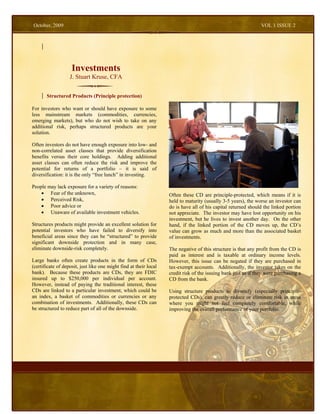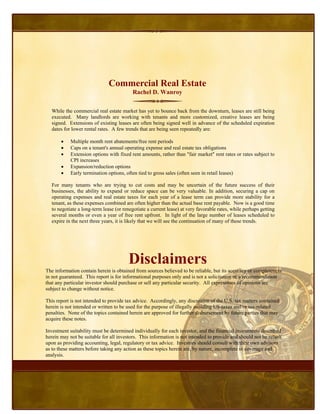This document discusses the challenges and strategies in finance, real estate, and tax planning as of October 2009. It highlights changes in Illinois tax law affecting partnerships, the current state of the commercial real estate market, and investment strategies involving structured products. Collaboration among financial professionals is emphasized to optimize tax benefits and navigate the economic landscape.




